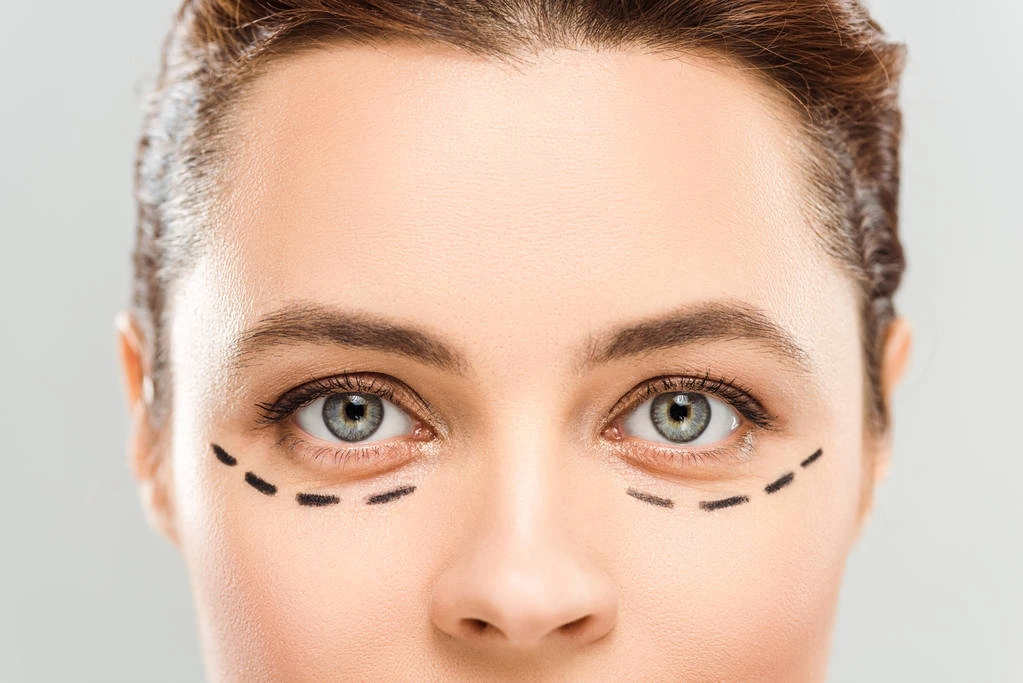Recovering from plastic surgery can take a few days to several months. The procedure type, your overall health, and how well you follow aftercare instructions affect recovery timelines. To speed up recovery, follow the before-and-after instructions your plastic surgeon provides.
What is Cosmetic Surgery?
Cosmetic surgery is a medical procedure that changes or improves the way you look. It can be done on almost any part of your body. Some people choose it to look younger, reshape body parts, or boost their confidence.
While it can make you feel better about your appearance, it’s important to know that it comes with risks and is usually not covered by insurance.
How Common Is It?
Cosmetic surgery is very popular worldwide. In 2022 alone:
- Over 1.5 million surgical procedures were done in the U.S.
- Over 5.5 million nonsurgical treatments were done
Most patients are women, especially between the ages of 40 and 54.
A plastic surgery Procedures And Their Recovery:

Facial Surgeries
Facial plastic surgeries include facelifts, blepharoplasty, rhinoplasty, and browplasty. These surgeries aim to reduce the effects of aging and sun exposure on your face. Facelifts reduce deep creases that appear on the corners of your mouth, a sagging jawline, or folds and fat deposits near the neck. The procedure involves removing fat and tightening the skin and muscles to create a youthful appearance.
Undergoing a facelift results in a few weeks of rest and limited activity, and a few months for full recovery. Bruising and swelling usually subside within the first couple of weeks, while skin tightness resolves after a couple of months. Your plastic surgeon may combine the facelift with eyelid surgery (blepharoplasty), nose reshaping (rhinoplasty), or a forehead lift (browplasty).
Breast Surgeries
A breast surgery allows you to restore the appearance of firm, full breasts. These procedures are suitable for correcting post-nursing breast sagging. You can use procedures like augmentation to increase the size of your breasts. Reduction, lifts, and reconstructions also result in well-proportioned breasts.
- Breast augmentation typically requires a week of initial rest and recovery, during which patients often experience bruising and swelling.
- When the swelling subsides, you can often return to work, but should avoid strenuous activities.
- Full recovery typically takes a few weeks, and any residual swelling and tightness resolve over time.
- Breast reduction surgeries have a similar timeline as augmentation, but you may be able to return to normal routines faster.
- Lifts and reconstructions also heal within a few days but require months to reach full recovery.
Body Surgeries
Cosmetic plastic surgery may involve toning the body using procedures such as liposuction, arm lifts, and abdominoplasty. Liposuction removes fat from various parts of the body, resulting in improved contouring and enhanced aesthetics. Your surgeon can target fat in multiple areas, including the abdomen, waist, chin, neck, and upper arm. The procedure results in a week of initial restful healing, and full recovery may take a few weeks to a month.
Abdominoplasty involves tightening stretched abdominal skin caused by pregnancy or rapid weight loss. Recovery time ranges from a couple of weeks to a few months, during which you should avoid lifting heavy weights. Arm lifts (brachioplasty) also have a similar timeline as they involve removing excess skin and fat from the upper arms. You can return to work and normal routines after a couple of weeks, but full recovery may take several months.
A body lift involves many procedures, including lipectomy, circumferential torsoplasty, and panniculectomy. These techniques target various parts of your body, including your upper legs, thighs, buttocks, torso, and back. Recovery typically takes a few weeks, during which time you should wear compression garments to aid in the healing process. You can start walking as soon as you’re able to, but strenuous activities should be avoided for at least a month.
Getting Ready for Surgery
Before your procedure, you’ll meet with a specialist to talk about your goals and medical history. They’ll explain:
- What the surgery involves
- How to prepare
- What to expect after
- Possible side effects
You may need to:
- Stop smoking
- Get lab tests
- Change your medications
- Avoid food the night before
- Arrange a ride home
For nonsurgical procedures, prep is usually simple, but your provider will still guide you.
What Happens During Surgery?
Surgical Steps:
- You’ll get anesthesia (usually to sleep through it)
- The surgeon makes an incision
- They perform the procedure (reshape, remove, or add tissue)
- The incision is closed
Nonsurgical Steps:
You stay awake. You may get a small numbing shot. Examples:
- Botox is injected with a tiny needle
- Laser hair removal uses a light device on your skin
How Long Does It Take?
- Surgery: 1 to several hours, depending on the procedure
- Nonsurgical: Usually under an hour, sometimes just a few minutes
After the Procedure
After Surgery:
- You’ll rest in a recovery area
- You might stay overnight
- You’ll need someone to drive you home
- Expect soreness, bruising, or swelling
- Take time off work or school
After Nonsurgical Treatments:
- You can go home right away
- Avoid intense activity for a bit
- Follow your provider’s instructions
Benefits of Cosmetic Surgery

- Can improve how you look
- Helps you feel more confident
- Often safe when done by a skilled provider
Just remember: results take time, and they vary from person to person. Some changes last for years, others need regular touch-ups.
Is Cosmetic Surgery Safe?
Generally, yes — especially when done by experienced professionals. But like all medical procedures, there are risks.
Surgical Risks:
- Infection
- Bleeding
- Pain
- Swelling
- Nerve damage
- Blood clots
Nonsurgical Risks (rare):
- Skin irritation
- Scarring
- Allergic reaction
- Muscle weakness
- Vision problems (very rare)
How to Lower the Risk
- Follow all your doctor’s instructions before and after the procedure
- Stay healthy: eat well, don’t smoke, and rest after surgery
- Keep your skin protected from the sun after laser or chemical treatments
Recovery and Results
Surgical Results:
- Take weeks or months to fully show
- Be patient — healing takes time
Nonsurgical Results:
- Sometimes instant, but often develop over a few weeks
You may need more than one treatment to get the results you want — or to maintain them over time.
More Informational Reference Recent Published
https://my.clevelandclinic.org/health/procedures/11007-cosmetic-surgery
https://www.bajajplasticsurgery.com/blog/recovery-time-vs-healing-time/
https://drjhopkins.com/blog/recovery-times-for-the-most-popular-cosmetic-surgery-procedures/

